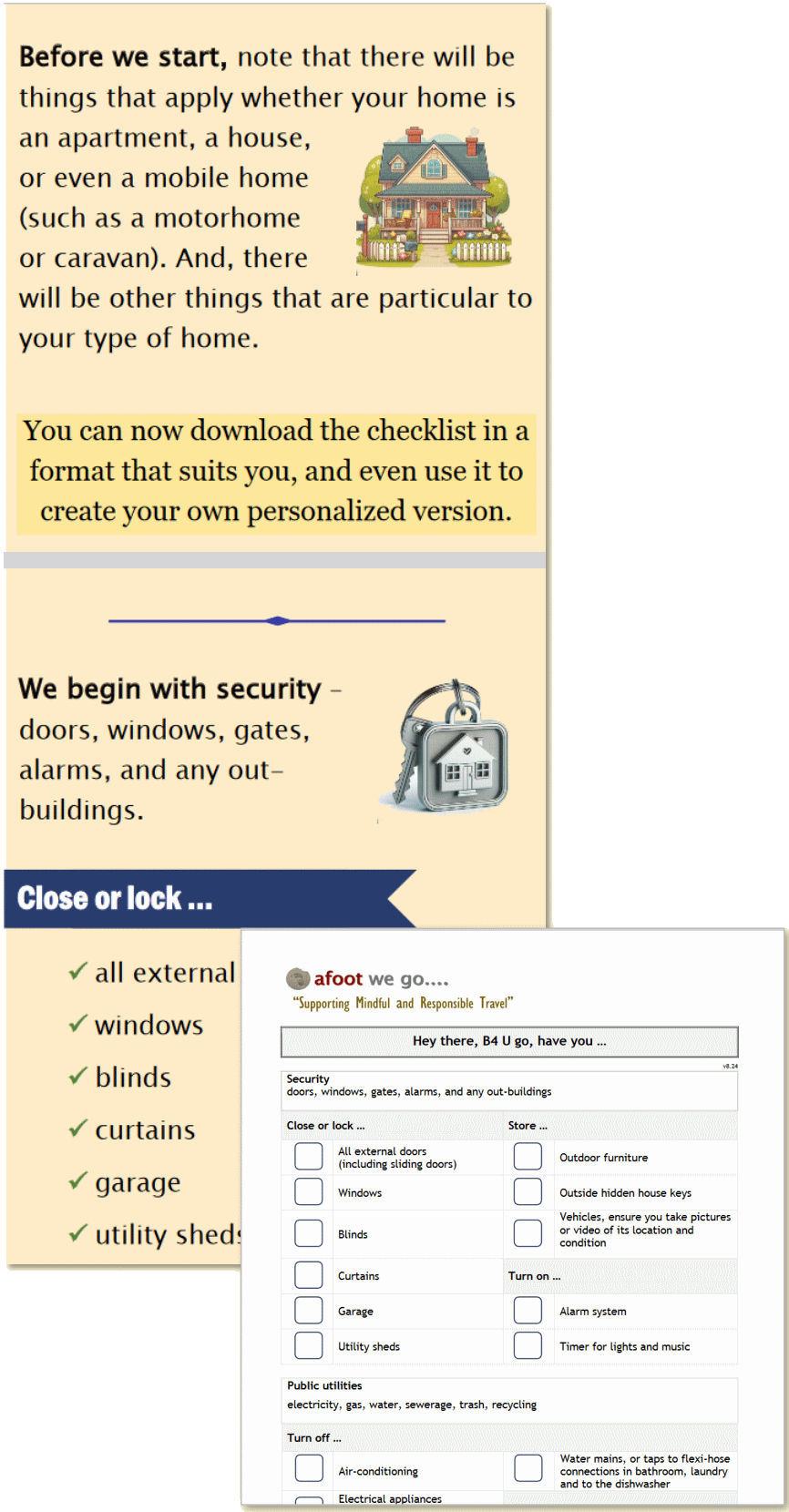afootwego-03-flight-rules-for-lithium-batteries
New Flight Rules for Lithium Batteries
…for people who love to walk…
Supporting Mindful and Responsible Travel
afootwego Travel Sense Post – New Rules for Flying with Lithium Batteries
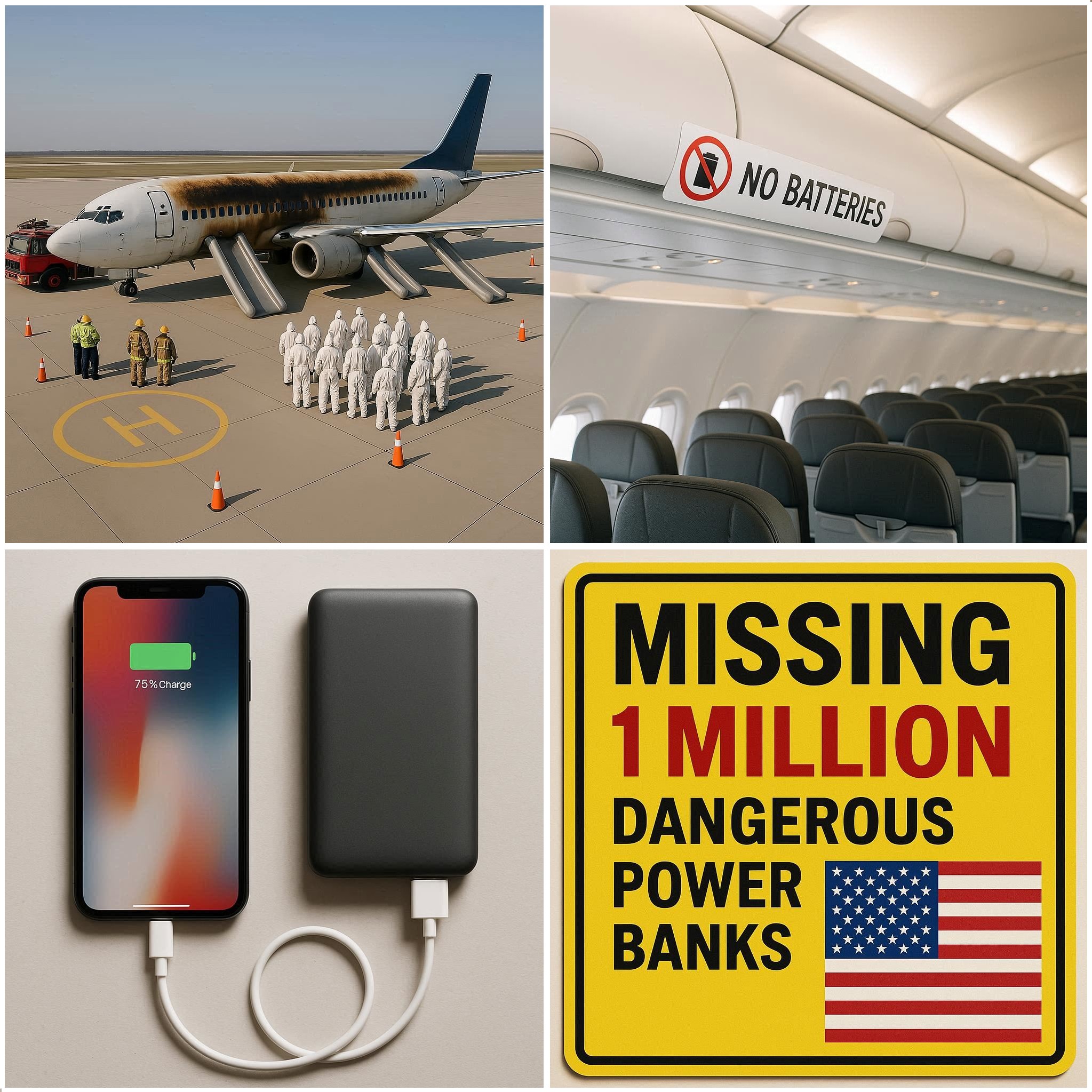
New Flight Rules for Lithium Batteries
Nov 2025
11½
Until I began to research about why airlines have become afraid of lithium batteries and power banks, I had no idea!
The fact is, numerous lucky escapes during 2025 are bringing new rules for lithium batteries on flights.
Picture this:
You’re settled into your seat, ready for take-off, when smoke starts billowing from an overhead bin.
Passengers panic.
Flight attendants rush past.
Next, evacuation is ordered by the Captain.
As you reach the emergency exit, you realise your laptop, and other valuables, are in your carry-on, in the overhead bin near to the source of the smoke.
This scenario happened, on 28 January 2025, in Busan, South Korea.
The culprit? A seemingly harmless lithium power bank. The fire eventually destroying the plane, burning through the overhead bins, along the entire length of the fuselage roof.
And so, 2025 began with a bang! It has gone on to become the year where your trusty portable power bank has become aviation’s public enemy number one.
A Quick Outline
In this Post, we shall explore:
- Why Should You and I Care? Because Our Flight May Depend on It !
- The Rules We MUST Know Before We Fly
- But Wait, There’s More! And This is Where It Gets Tricky !!
- The Scary Truth About Lithium Battery Fires
- Is this a New Problem, or Has it Just Been Brewing Away Slowly?
- What’s Behind All of This Then?
- 2025 Lithium Battery Air Incidents Involving Commercial Airlines
- Your Survival Guide: How to Fly Smart With Power Banks
- What’s Next? (Spoiler: Probably More Rules !)
- The Bottom Line for Savvy Travelers
- Your Action Plan

Why Should You and I Care? Because Our Flight May Depend On It !
Here’s the deal: airlines are extremely fearful of lithium batteries right now, and for good reason.
By 29 September 2025, there had been over 60 “aviation incidents” involving lithium batteries recorded by the US FAA (Federal Aviation Administration) – and we’re not talking about minor hiccups. We’re talking smoke, fires, emergency landings, and planes full of frightened passengers.
When the Air Busan Airbus A321 caught fire in late January, it was about to taxi for take-off. This became an aviation industry ‘wake-up’ call. Since then, airlines globally have been scrambling to update their rules for lithium batteries, almost faster than you can say “boarding pass”.
What this means is that the battery and power bank rules we knew last year are completely outdated.
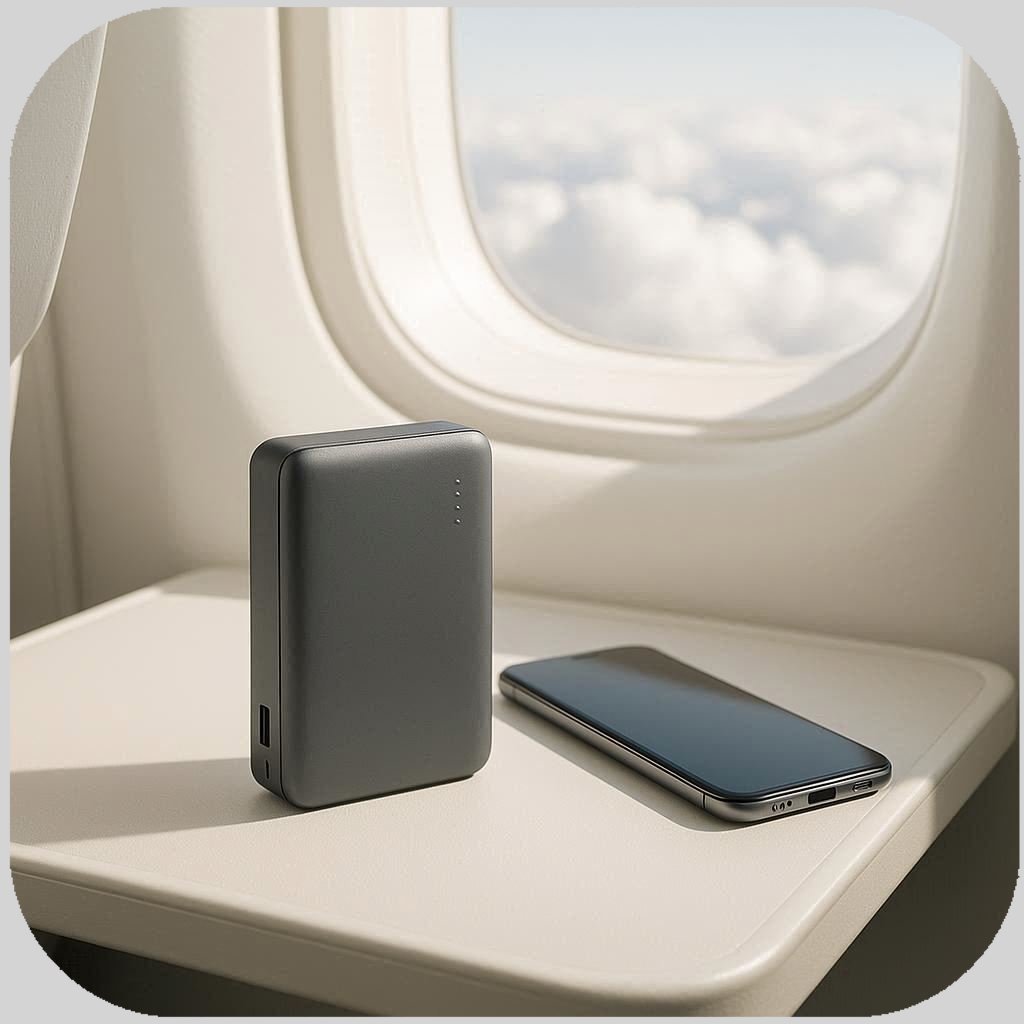
The Rules We MUST Know Before We Fly
Let’s cut through the confusion. Here’s what you
- lithium power banks and spare batteries MUST be in our carry-on (NOT in checked baggage)
- power bank maximum capacity: 100 watt-hours (Wh) without special approval
- with airline pre-approval, TWO power banks up to 160 Wh max capacity
- the limit on spare (loose) batteries of all types is 20
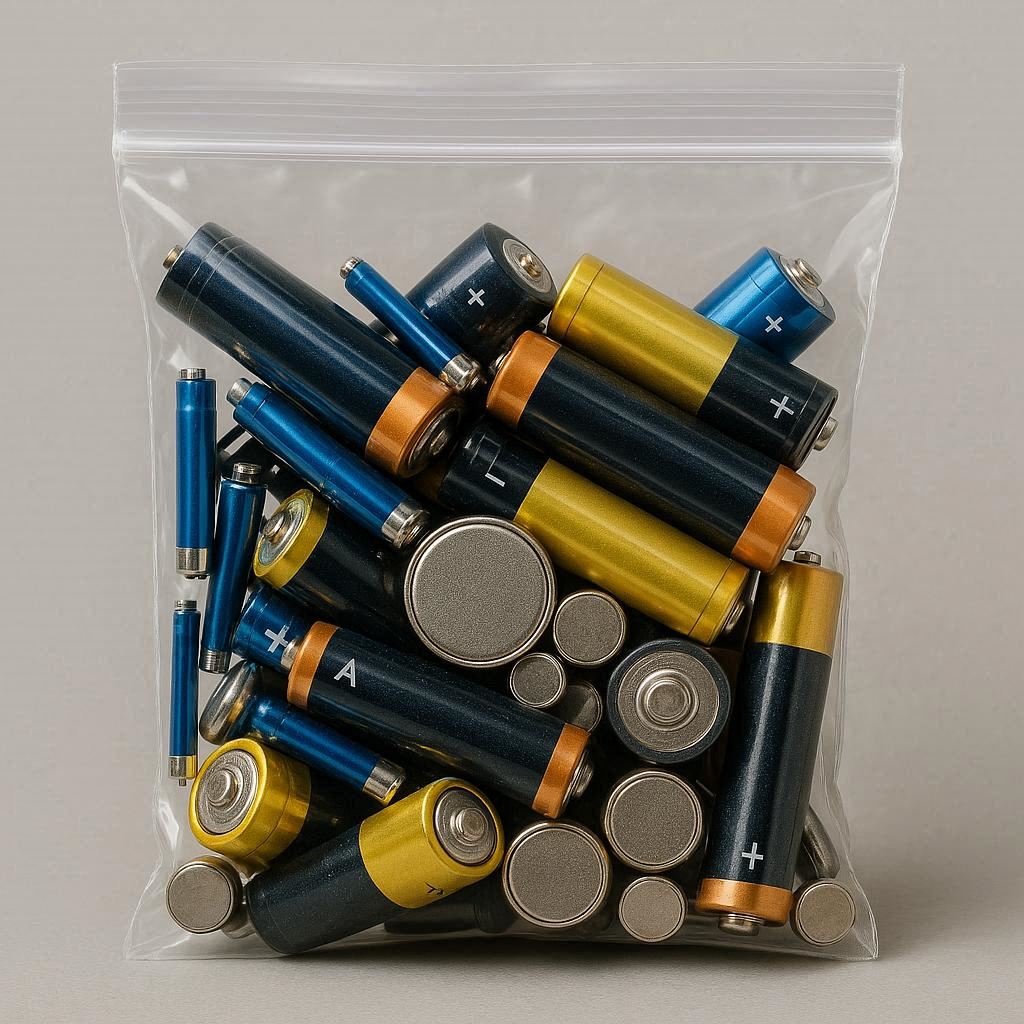
From the IATA (International Air Transport Association), to national bodies such as FAA (US), CASA (Australia), CAA (UK), CAAC (China), these are “universal non-negotiables”.
Miss these rules, and you could be forced to surrender your precious power bank at the gate.
But Wait, There’s More! And This is Where It Gets Tricky !!
In fact, depending on who you fly with, and where you fly from, the chances are that there are different rules in play.
Different carriers are now adding their own airline-specific rules on top of the basics.
Some won’t let you use or charge your power bank during flight. Emirates passengers are limited to one power bank.
A number of airlines demand you keep power banks and spare batteries under the seat in front of you – NOT in the overhead bin. And some will prohibit batteries that do not have a clear label of rated capacity.
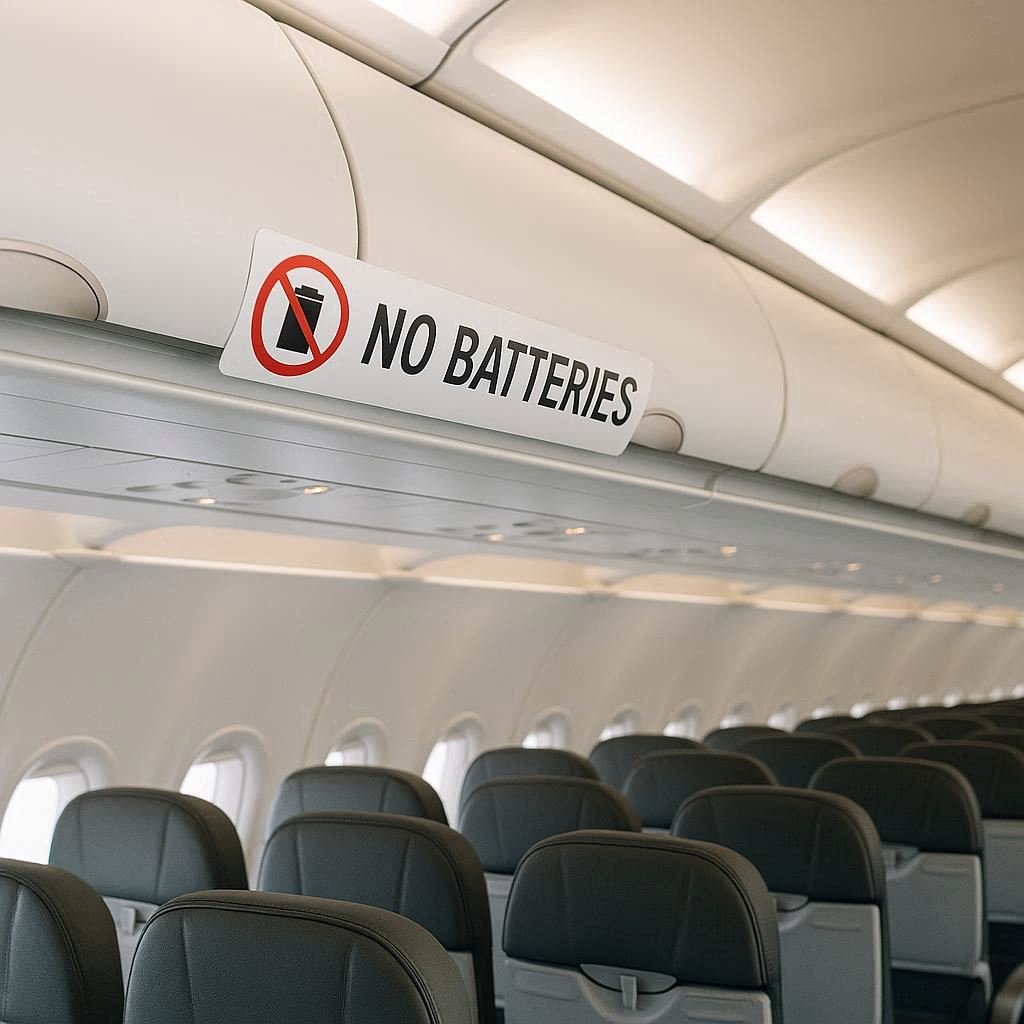
As for “spare” batteries, confusingly, some authorities allow these in checked luggage, while others don’t.
Cathay Pacific guidance is clear: “Any type of spare batteries is strictly prohibited in checked baggage. This includes, but is not limited to, lithium, alkaline and dry cell batteries.”
These batteries: “Must be presented correctly (either enclosed in original retail packaging, with the terminals taped over or each one placed in a separate plastic bag).”
Ignorance of your carrier’s stance won’t get you a free pass at the gate.
The Scary Truth About Lithium Battery Fires
You might be thinking, “How dangerous can a little battery really be ?” Answer:
Or, ask people who were in the Melbourne Airport Qantas International business lounge in early November, when a power bank ignited in a passengers’ jacket pocket. A report said the explosion of the device sent “battery acid flying everywhere ”.
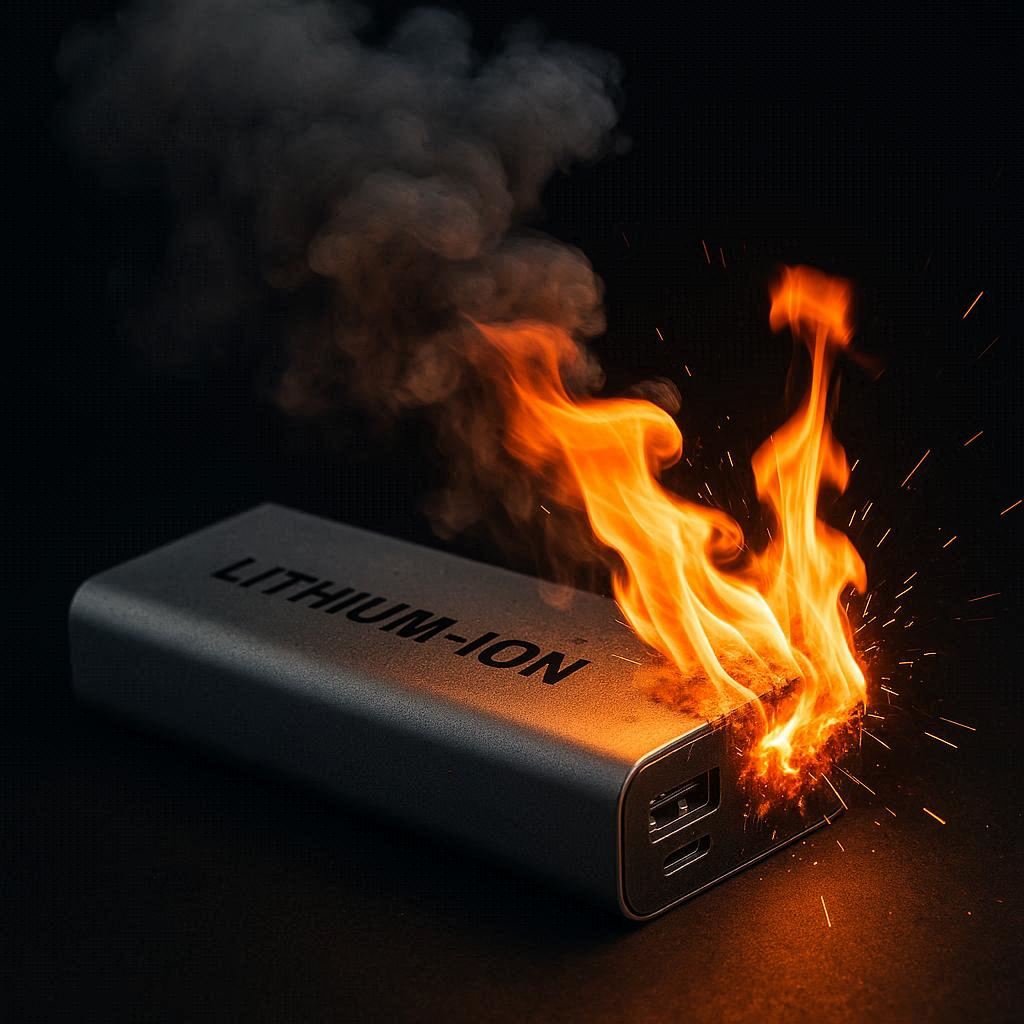
When a lithium battery goes into what’s called a “thermal runaway”, it doesn’t just spark – it explodes, or burns at intense heat that’s incredibly difficult to extinguish.
Malfunctions from over-heating, over-charging, crushing, or even manufacturing defects can trigger this nightmare scenario. And once it starts, you’ve got only minutes to act before things go very, very wrong.
Is this a New Problem, or Has it Just Been Brewing Away Slowly?
No, lithium battery fires are not really a new problem, in the air, or on the ground. In 2024, Fire and Rescue NSW called lithium batteries their “fastest-growing fire risk”. Across eastern Australia, emergency services were responding to lithium battery fires almost every day in Victoria, NSW, and Queensland.
The most common lithium battery incidents were for e-scooters, e-bikes, and garbage trucks. Also reported are incidents involving mobile/cell phones, power banks, and vapes/e-cigarettes. Globally, similar events have been noted in a number of countries.
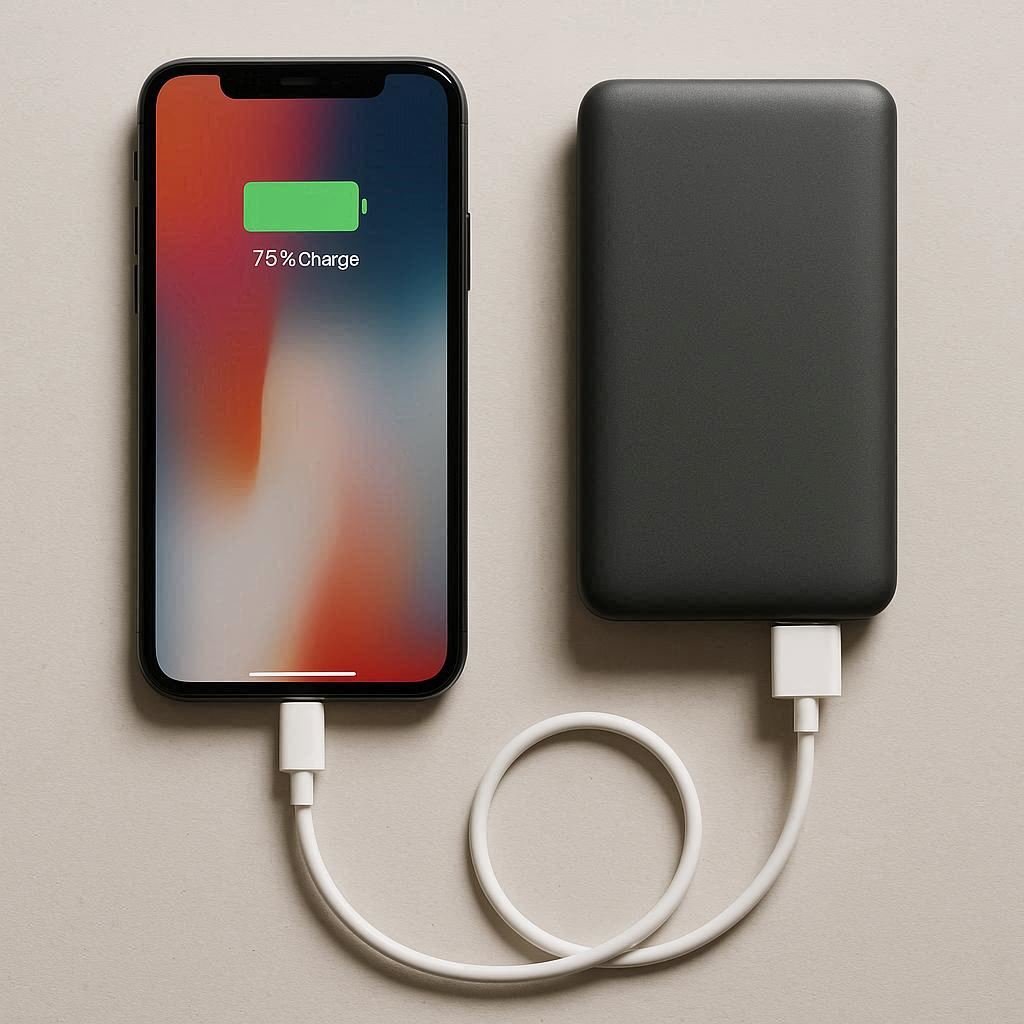
And aviation? Although unproven, lithium battery fires are considered responsible for two cargo flight disasters, in September 2010 and July 2011. In both cases, the aircraft involved in these unexplained crashes were carrying bulk lithium batteries.
Following the 2010 incident, the FAA prohibited the carriage of lithium batteries as bulk cargo on passenger-carrying aircraft. FAA statistics show that between 2017 and 2021, there had been an average of almost one “lithium battery air incident” per week. In 2022, 74 incidents were recorded, then 77 in 2023, and 89 in 2024.
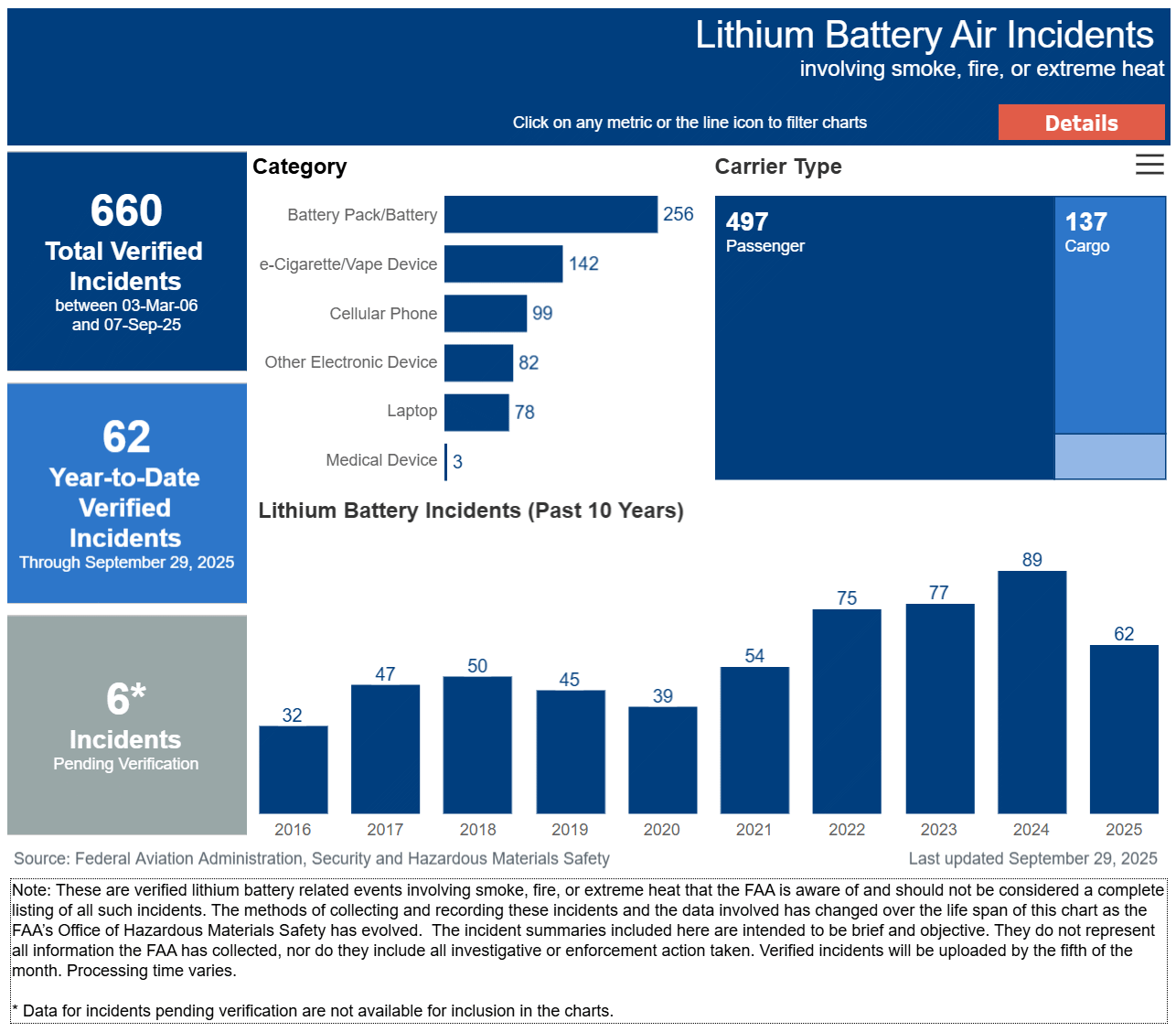
For 2025, up to 29 September, the FAA had recorded 62 incidents; since 1 October their website has been affected by the US Government shutdown. These statistics include passenger and cargo aircraft, and are only for flights originating from or terminating in the USA.
What’s Behind All of This Then?
According to Australia’s Competition and Consumer Commission (ACCC): “
Since 2020, there have been “17 power bank recalls” in Australia – including popular brands: Anker, Baseus, Belkin, Cygnett, Lenovo, Ikea, and Kogan. Six of those recalls happened in the last year alone.
Even worse, in July the ACCC estimated “34,000 recalled power banks are still out there ” with unsuspecting consumers.

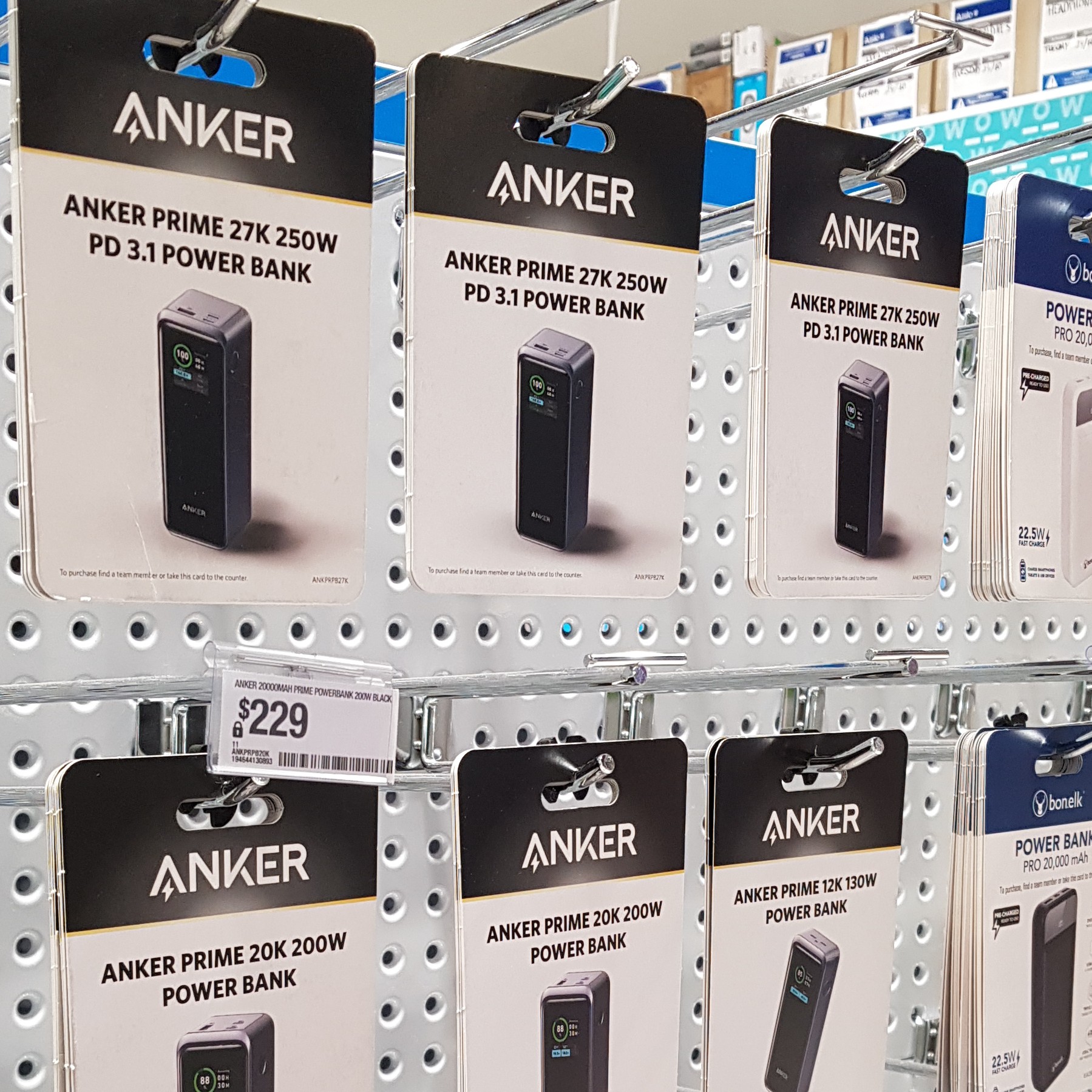
Meanwhile, across the Pacific in the US, in June the US CPSC (Consumer Product Safety Commission) announced the recall of over “one million power banks”, manufactured and sold by Anker between 2016 and 2022, due to fire and burn hazards.
Prior to this, in December 2024, almost half a million Charmast power banks, sold by Amazon, had been recalled “due to fire and burn hazards”.
When I recently visited two major Australian retailers to ask about power bank safety and watt-hour ratings, the sales staff were completely clueless. One supervisor even insisted power banks were fine in checked baggage because “he’d done it recently at Melbourne Airport.”
It does seem that the global market for lithium batteries and power banks is a bit like the “wild west”, complete with “goodies” and “baddies” (such as an Australian online reseller that is offering recalled ESR 2G512B power banks for sale)! And just like parts of the old wild west, law and order seems to be a bit thin on the ground (where
Perhaps the question here is ‘how does the news of a consumer watchdog product recall filter its way through all the daily noise to catch the attention of ordinary consumers?’ How do You and I get to know these things?
Given the consequences of a lithium battery incident, it would seem that authorities have been rather slow to act, nationally and globally.

2025 Lithium Battery Air Incidents Involving Commercial Airlines
These are a selection of commercial passenger airline incidents that changed the rules, while you and I were probably thinking about our next vacation:
Late January – Air Busan Airbus A321 (Busan-Hong Kong): fire on ground, believed to be power pack in overhead binLate February – Batik Air Malaysia Flight OD530 (Johor Bharu-Bangkok): cabin filled with smoke from burning power bank; crew extinguished it mid-flightMid-March – Hong Kong Airlines Flight HX115 (Hangzhou-Hong Kong): power bank fire in overhead bin; diverted to FuzhouMid-March – Southwest Airlines Flight 3077 (Las Vegas-Reno): fire from laptop lithium battery during landing; successful evacuationLate April – Hawaiian Airlines Flight HA457 (Honolulu-Tokyo) emergency landing declared after passenger’s mobile phone became jammed in seat, catching fireEarly July – Delta Air Lines Boeing 757 (Atlanta-Fort Lauderdale): battery fire forces flight diversion (incident #34 for 2025)Mid-July – Virgin Australia Boeing 737 (Sydney-Hobart): “small ball of fire” bursts from overhead bin during descent; crew extinguished the blaze (talk about a close call!)Early August – KLM Flight KL792 (São Paulo-Amsterdam): burning power bank discovered mid-Atlantic, four hours from destination; crew extinguished the fireLate August – American Airlines Flight AA 357 (Philadelphia-Phoenix): emergency diversion and landing at Washington Dulles after passenger device catches fireEarly October – ANA Flight 994 (Okinawa-Tokyo): smoke from mobile battery under passenger’s seat; extinguished before flames appearedMid-October – United Airlines Flight 126 (Washington-Rome): forced to return to Washington when passenger’s laptop slid down the cabin sidewall into the cargo pitMid-October – Air China Flight CA139 (Hangzhou-Seoul): emergency landing in Shanghai after lithium battery in carry-on luggage burst into flames in the cabinEarly November – Melbourne Qantas International business lounge: power bank in passenger’s jacket pocket explodes and catches fire
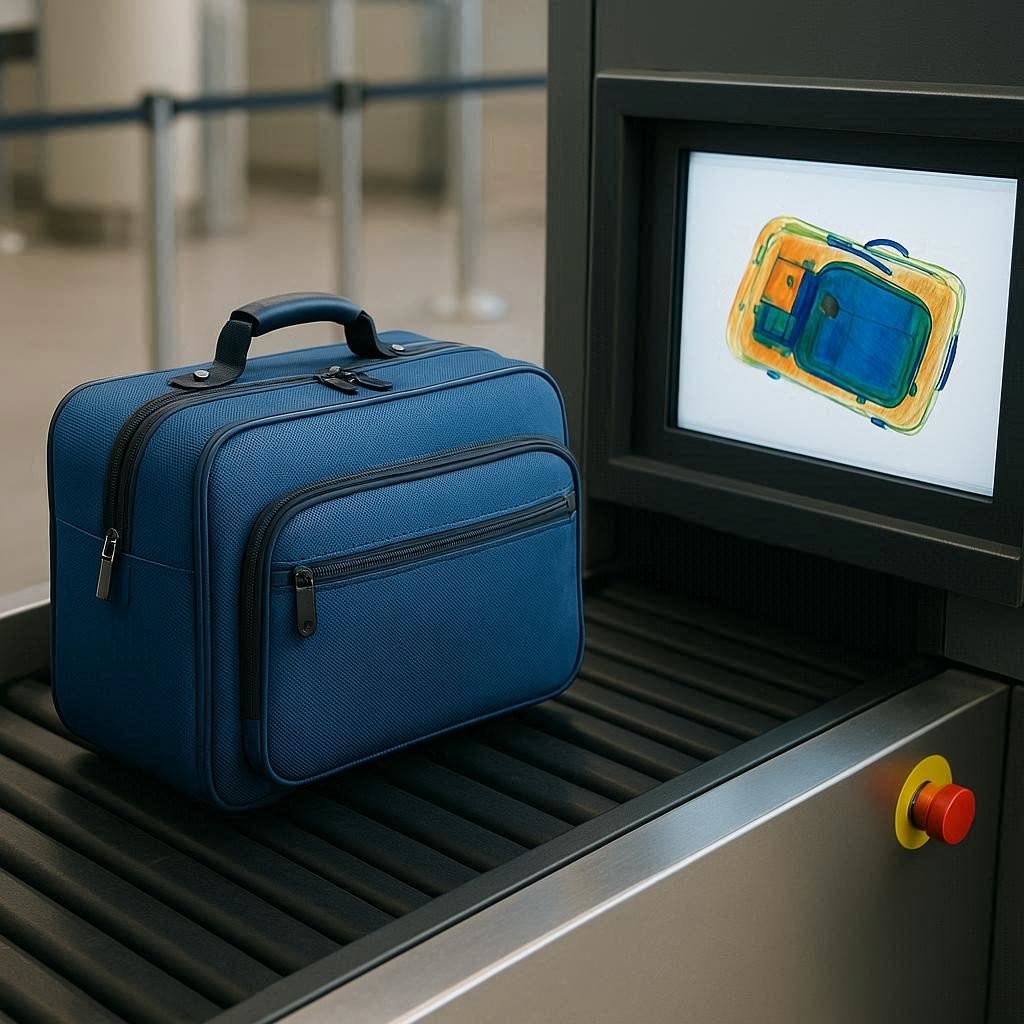
–
Safety & Travel – Can Be a Challenge
Jet Lag – How We Can Manage It
Daily Routine & Travel – NOT Friends
Fitness for Travel – Let’s Just Do It!
Your Survival Guide: How to Fly Smart With Power Banks
Before You Buy:
- Check the watt-hour (Wh) rating – it MUST be clearly labelled and under 100 Wh
- Buy from truly reputable sources (not random online sellers)
- Check websites, such as the ACCC Product Safety, for recalls
- Keep your receipt and packaging
Before You Pack:
- Research your carrier’s current rules (they can change suddenly!)
- Ensure all “spare” (loose) battery terminals are protected (use original packaging; tape them; or bag each one separately)
- In your carry-on, use a dedicated packing cell for batteries (and small electronic devices with batteries)
- Never, never, never pack power banks or spare batteries in checked luggage
At the Airport:
- Keep your power bank/s easily accessible for security screening
- Be prepared to show capacity markings, if asked
Onboard your Flight:
- Store spare batteries and power banks under the seat in front of you (not overhead)
- Don’t use or charge a device during flight if your airline prohibits this
Pro Tip:
Take a photo of your power bank’s capacity label before you travel; if the label wears off, you’ve got proof it’s legal
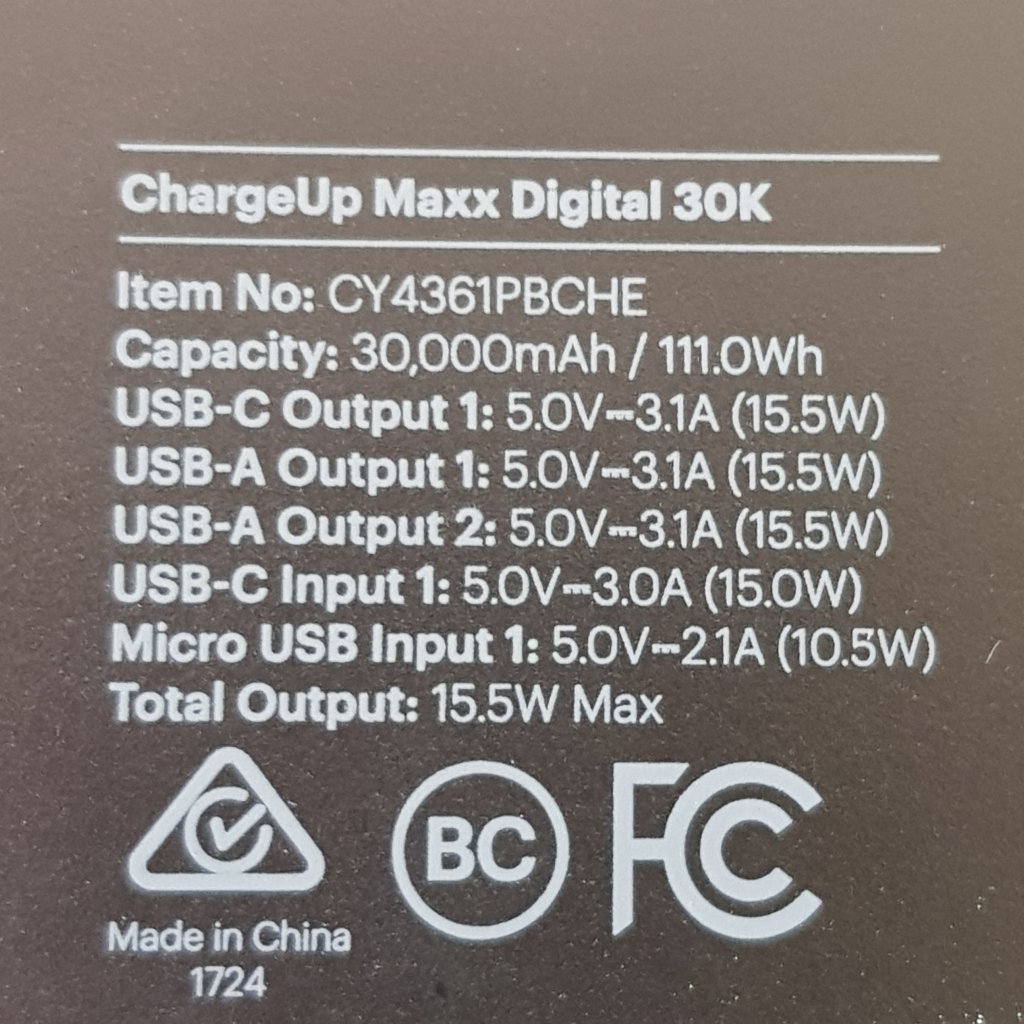
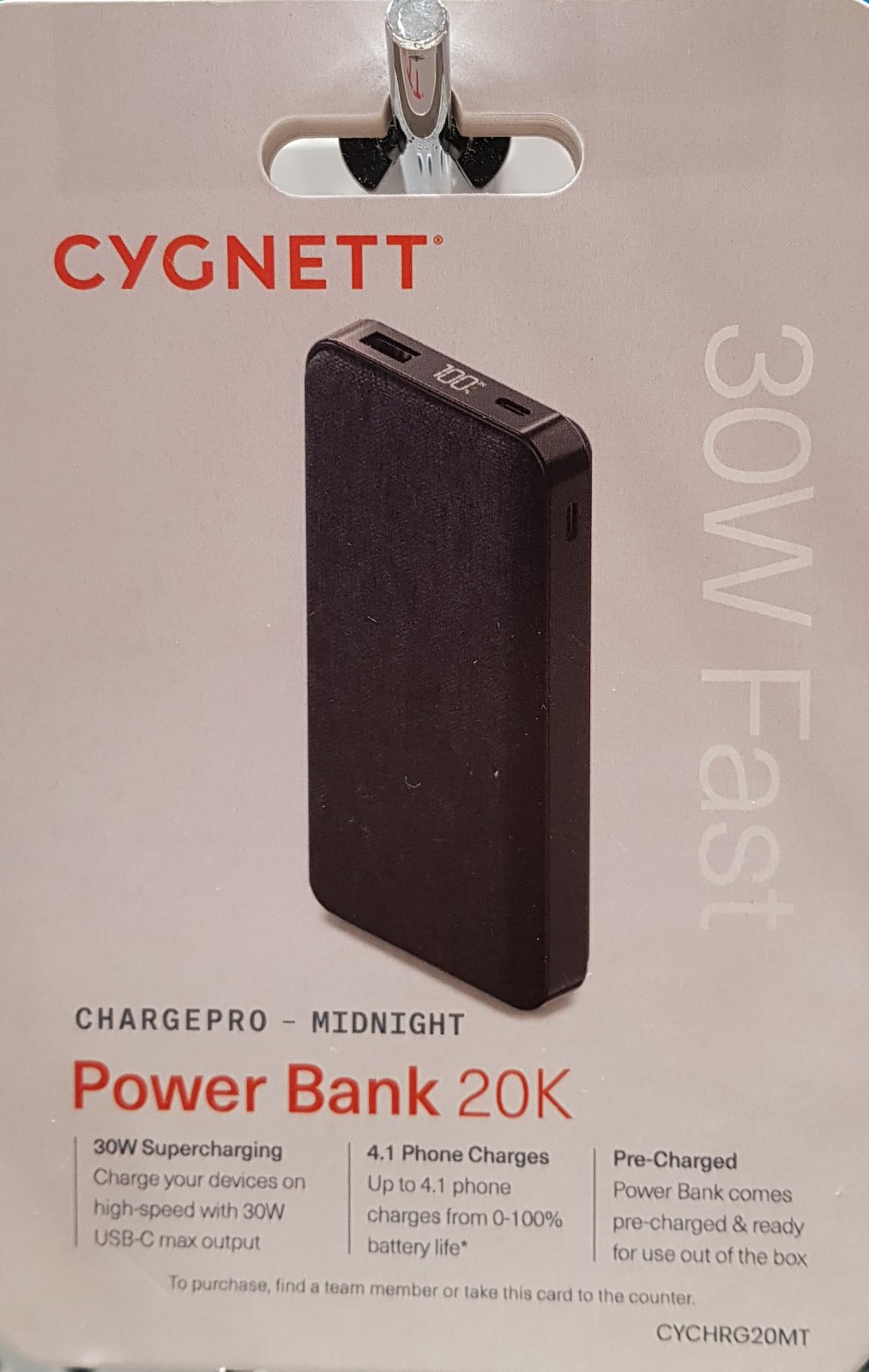
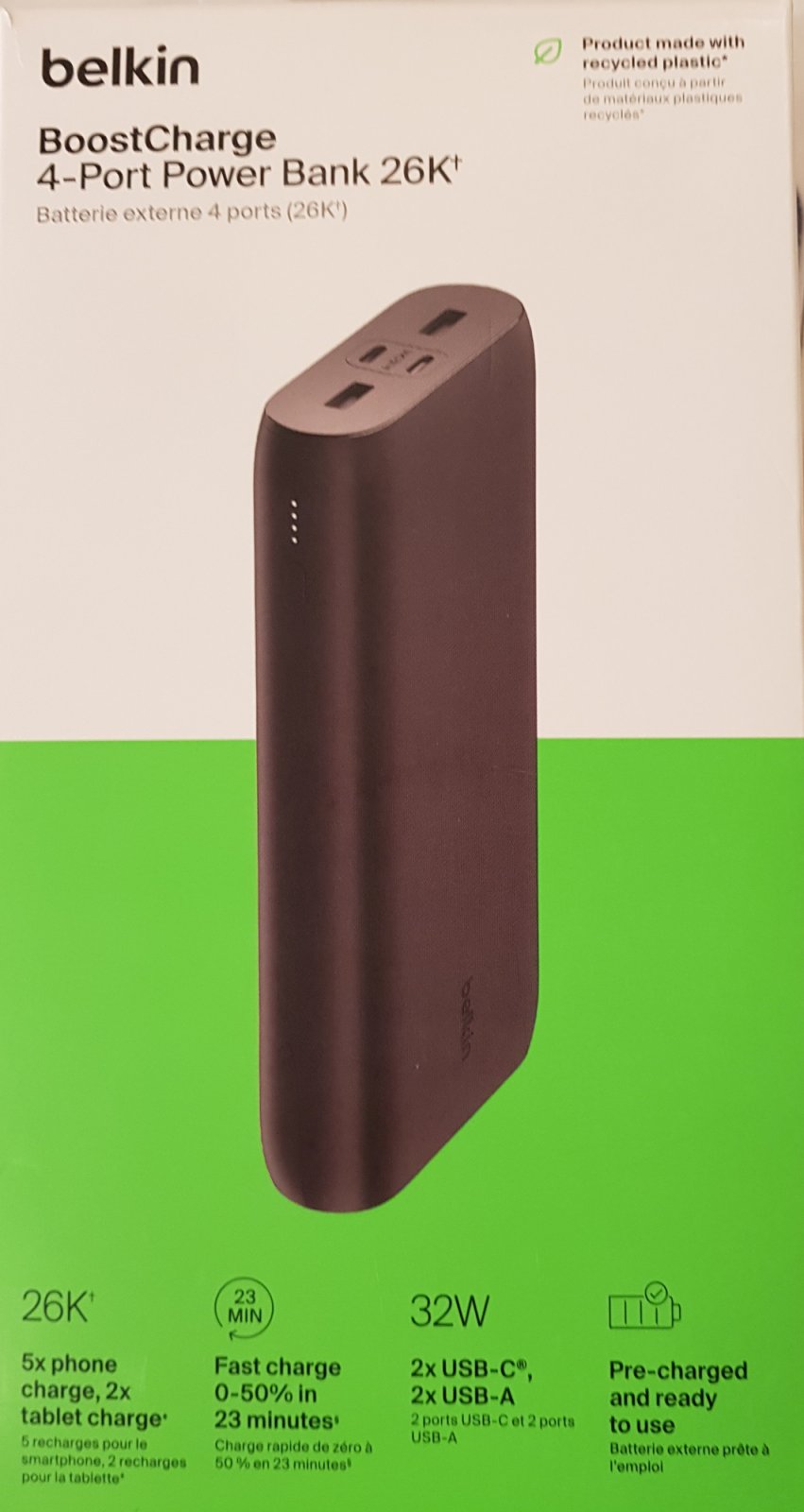
What’s Next?
(Spoiler: Probably More Rules )
Let’s be real: with incidents happening almost weekly, airlines and aviation authorities aren’t done with tightening restrictions.
As this Post was being finalised for publishing, news came of new restrictions by Taiwanese carriers EVA Air, UNI Air, and Tigerair Taiwan.
Bluetooth earbuds, including Apple AirPods, are now prohibited from checked luggage.
This copies a similar requirement by the New Zealand Civil Aviation Authority, set in November 2022. Expect more airlines and authorities to do the same.
These items are considered to be portable electronic devices (PEDs). In general, PEDs can be packed in checked luggage, provided they are
China already requires a 3C certification mark on power banks for domestic flights. China Southern prohibits power banks without clear capacity labels.
Could this become global? Absolutely! In September the FAA gave a crystal-clear warning: lithium batteries placed in overhead bins are too risky because they can’t be readily monitored.
Expect more airlines to follow Emirates’ lead: one power bank maximum, under your seat, no charging during flight.
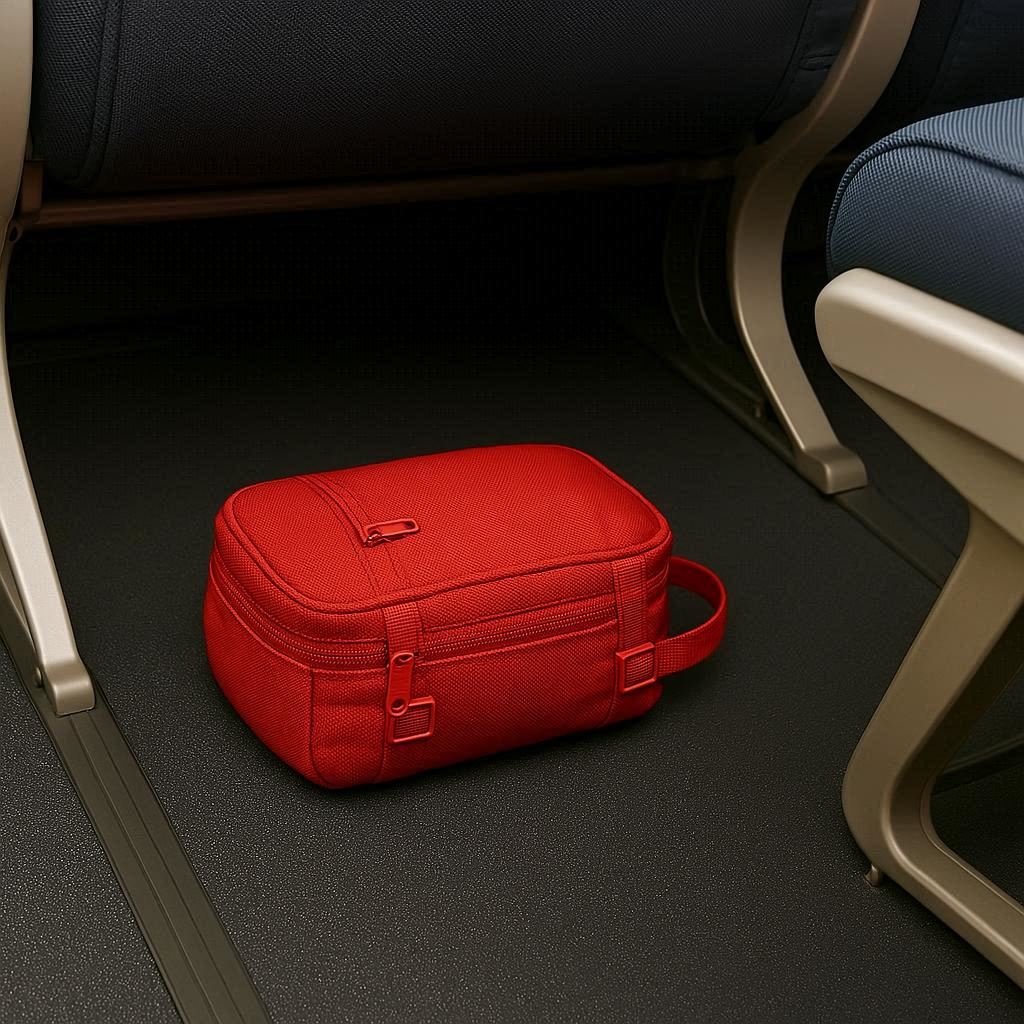
The Bottom Line for Savvy Travelers
YES, these new rules are a pain. YES, they ARE confusing. And
None of us are alone in navigating these rules – but we do need to navigate them correctly.
Let’s face it, the rules exist for everyone’s safety. Because the alternative is grim – an actual emergency at 35,000 feet is not a good experience.
Nor, for that matter, is the prospect of losing valuable power banks and/or batteries during screening at check-in particularly pleasant. That said, a delayed flight is better than being part of “that incident” on the evening news.
Did you know? The average air traveller now brings four electronic devices onboard, and 30% of travellers carry a power bank.
And here’s the thing: Your innocent little power bank isn’t just a convenience anymore – it’s a potentially deadly flight hazard that airlines are watching like hawks.
On the plus side, flight attendants are well trained to attack battery fires with halon extinguishers and to douse devices in water for at least 15 minutes to prevent reignition. That’s how serious this is.
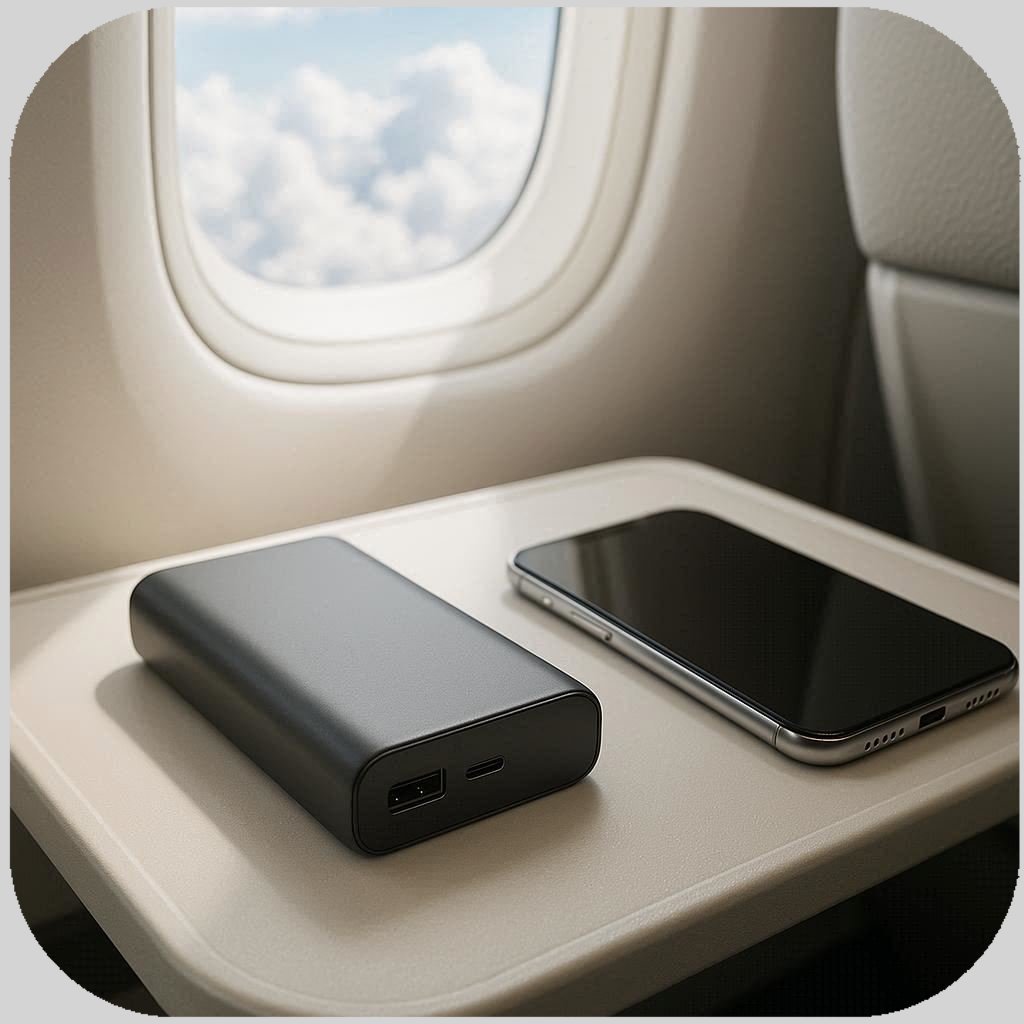
Your Action Plan
- EVERY time before you fly, check your airline’s rules for lithium batteries and power banks
- Verify your power bank’s capacity and label it clearly
- Pack smart: use an under-seat bag for batteries and electronics
- Stay informed about product recalls
- When in doubt, leave it at home
- On board, follow instructions and be alert
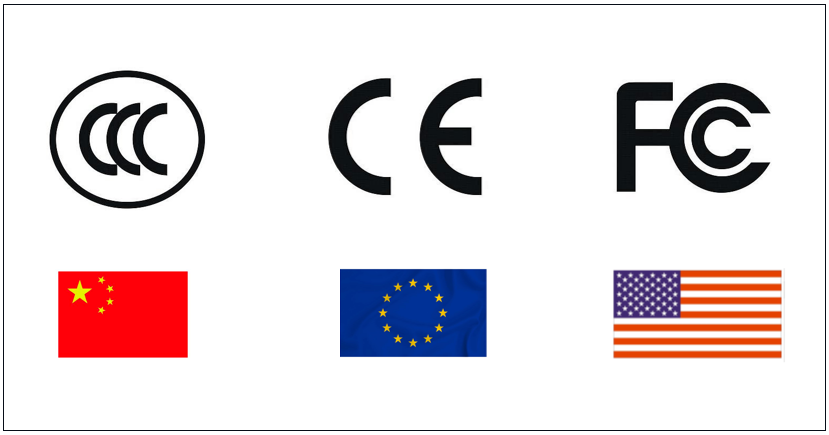
(or European Conformity mark)
Notes :
- According to RELiON Battery, the majority of lithium batteries for small devices such as laptops and cell phones use lithium cobalt-based chemistries, which are the more prone to thermal runaway or fire than non-cobalt-based batteries.
- The FAA Chart showing Lithium Battery Air Incidents can be seen at: https://www.faa.gov/hazmat/resources/lithium_batteries/incidents
- An image of the burned-out Air Busan A321 can be seen at
The Korea Herald : https://www.koreaherald.com/article/10527850
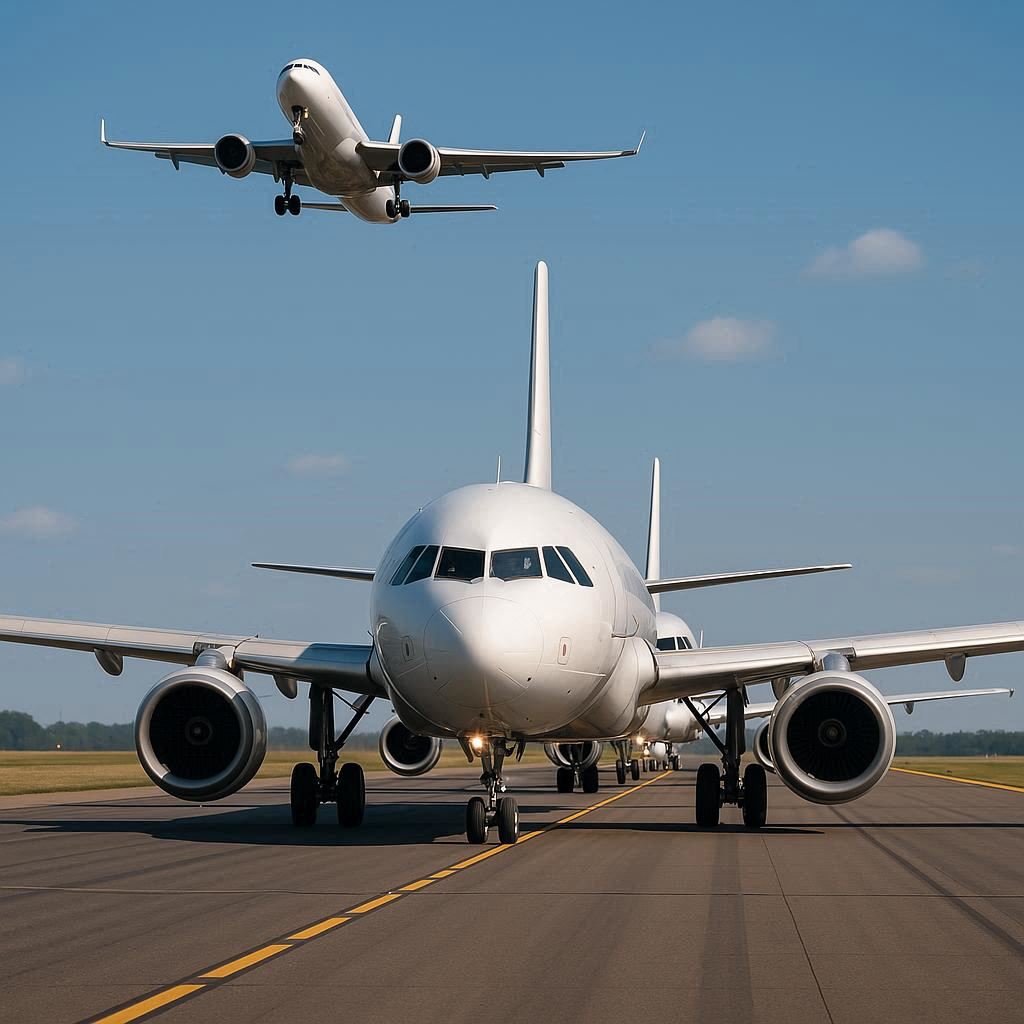
Your Feedback, please…
Firstly, my thanks to you, for reading my post.
Now, the really BIG question is:
“What value has this Post offered you? “
Has it helped you, or do you need more information?
If you wish to offer some feedback, or to read the feedback from others, please follow the link below to the Feedback Page:
Why Your Feedback is Important to Me
In real life, I am an agile Change Manager, so I know that feedback is an essential part of the improvement process.
Your feedback can help me improve both the content of this Post, and also of future Posts.
If you have a thought, or a question, about the post content, or if you would like to provide feedback about something else, please follow the link to the Feedback Page.
I do look forward to hearing from you, especially if we can make improvements that will help fellow travelers on the road.
Marlene
Please note, before any feedback is posted, it will be moderated. When I am moderating, I may need to contact you, which is why I ask for your email address.
Your email address will
Here is a link to the my afootwego.com CONDITIONS for POST FEEDBACK (2½ mins to read).
Should you wish to peruse them, here are links to my afootwego.com PRIVACY POLICY and Website TERMS and CONDITIONS of USE.
always treat them…
with respect…
- NOTE:
- This site is specifically designed for responsive display on a mobile device
On devices with wider screens, it will appear as a single, center-aligned column

